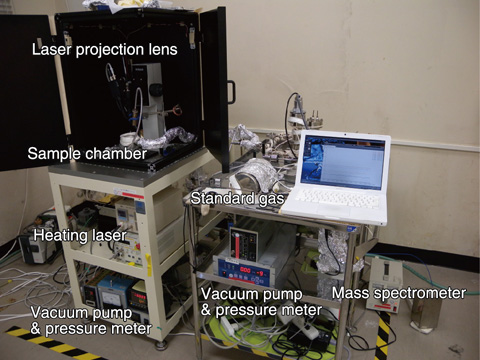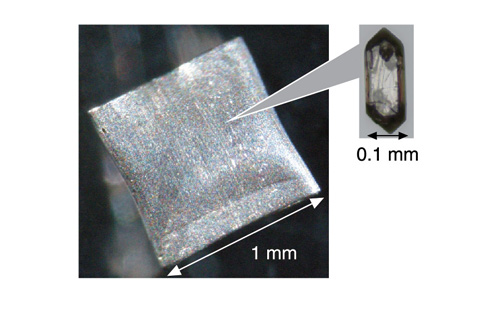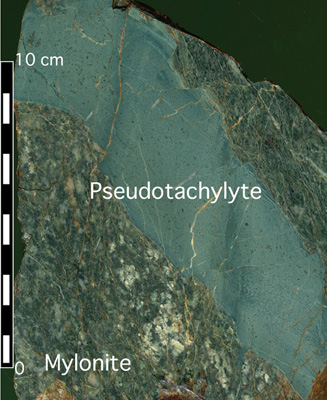
Fig.3-12 Mass spectrometer for helium dating

Fig.3-13 Sample grain for dating

Fig.3-14 Fault rock in the Median Tectonic Line
Radiometric dating is used to determine when geological events occurred. Some dating methods can determine the length of time that has passed since a rock cooled to a particular temperature, defined as the closure temperature. Such methods are referred to as thermochronological methods. The combination of methods with different closure temperatures can reveal the cooling history of a rock; additionally, denudation history can be determined because temperature within the Earth tends to increase with depth.
We are studying a single-grain (U-Th)/He dating method. This method is characterized by its low closure temperature, which enables the comprehension of shallow geomorphology. This method has only recently been introduced and our mass spectrometer (Fig.3-12) is the only instrument in Japan. Dating targets, mainly zircon grains, have extremely small dimensions, usually around 0.1 mm (Fig.3-13).
Fig.3-14 illustrates a fault rock collected from the Median Tectonic Line, the longest active fault in Japan, in Mie Prefecture. Pseudotachylyte was formed by frictional melting of wall rocks during rapid fault movement associated with a seismic event and was followed by rapid cooling. Mylonite was formed by fault movement without frictional melting. A combination of several radiometric ages, including the (U-Th)/He age, indicates that this rock intruded at 90 Ma and cooled relatively quickly to 200 °C by 60 Ma; then the pseudotachylyte was formed at depths of around 5 to 10 km by huge earthquakes and cooled slowly to the present temperature (Yamada et al., 2012). Such a cooling history is a basic piece of information that can help in the interpretation of the present topography of the Japan arc and the conditions that lead to earthquakes along faults.
We will use this method for smaller samples or other minerals and we intended to develop dating techniques to help improve the understanding of geological events, which is essential for the prediction of future changes in the geological environment.